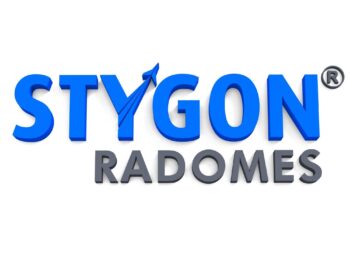Radomes are essential protective enclosures for radar, antennas, and satellite communication systems. They shield sensitive equipment from environmental conditions like wind, rain, and snow while ensuring minimal signal interference. One of the most common questions about radomes is: What shape is a radome? The answer depends on various factors, including functionality, material, and application requirements.
Common Shapes of Radomes

Spherical Radomes: The Most Popular Choice
Spherical radomes are widely used because of their aerodynamic properties and uniform shape, which evenly distributes stress and wind pressure. This shape is particularly common in aerospace, military, and weather radar applications.
Geodesic Radomes: Strong and Lightweight
Geodesic radomes are constructed with triangular or polygonal panels, making them lightweight yet structurally strong. These radomes offer excellent durability against extreme weather conditions and are commonly used for large radar installations.
Cylindrical Radomes: Ideal for Antenna Arrays
Cylindrical radomes are suitable for applications where antennas are arranged in a linear or stacked configuration. This shape provides uniform protection and allows for better performance in directional signal transmissions.
Planar Radomes: Best for Aircraft and Ships
Planar radomes are flat or slightly curved and are commonly found in aircraft and naval vessels. These radomes help in reducing drag while maintaining signal efficiency.
Why Radome Shape Matters?

The shape of a radome directly impacts its performance, durability, and ability to protect communication systems. The right shape ensures that signals pass through with minimal interference while providing robust environmental protection.
Choosing the Right Radome Shape
Selecting the right radome shape depends on several factors:
- Application: Aerospace, military, or weather monitoring require different designs.
- Size Requirements: Large installations may benefit from geodesic or spherical radomes.
- Environmental Conditions: Areas with extreme weather conditions need robust structures like geodesic or cylindrical radomes.
FAQs About Radome Shapes
What is the best shape for a radome?
The best shape depends on the application. Spherical and geodesic radomes are common for radar systems, while planar radomes are used in aircraft.
Do radome shapes affect signal transmission?
Yes, different shapes influence signal strength and interference levels. A well-designed radome minimizes signal loss while protecting the equipment inside.
Why are geodesic radomes preferred for large antennas?
Geodesic radomes provide high structural strength while remaining lightweight, making them ideal for large-scale antenna installations.
Are radomes always made of the same material?
No, radomes can be made of various materials, including fiberglass, composites, and ceramics, depending on their intended use.
Conclusion
The shape of a radome plays a crucial role in ensuring optimal performance for radar and communication systems. Whether spherical, geodesic, cylindrical, or planar, each design serves a specific purpose. For high-quality radomes tailored to your needs, visit leading radome manufacturers.
